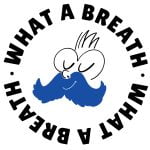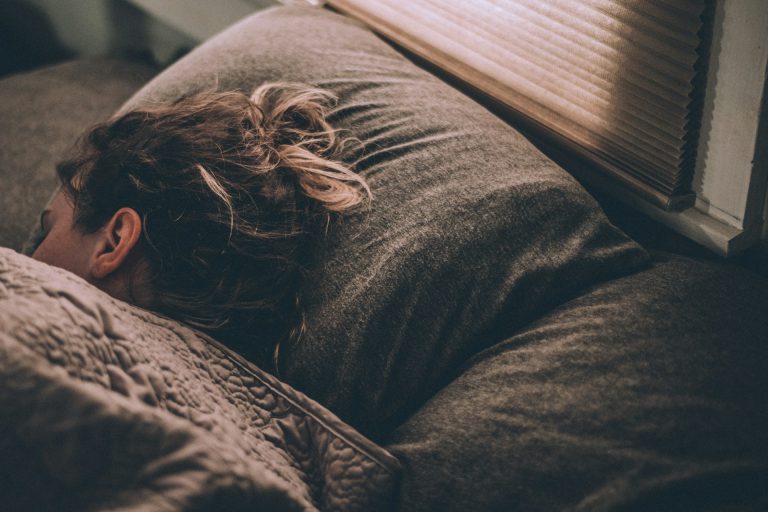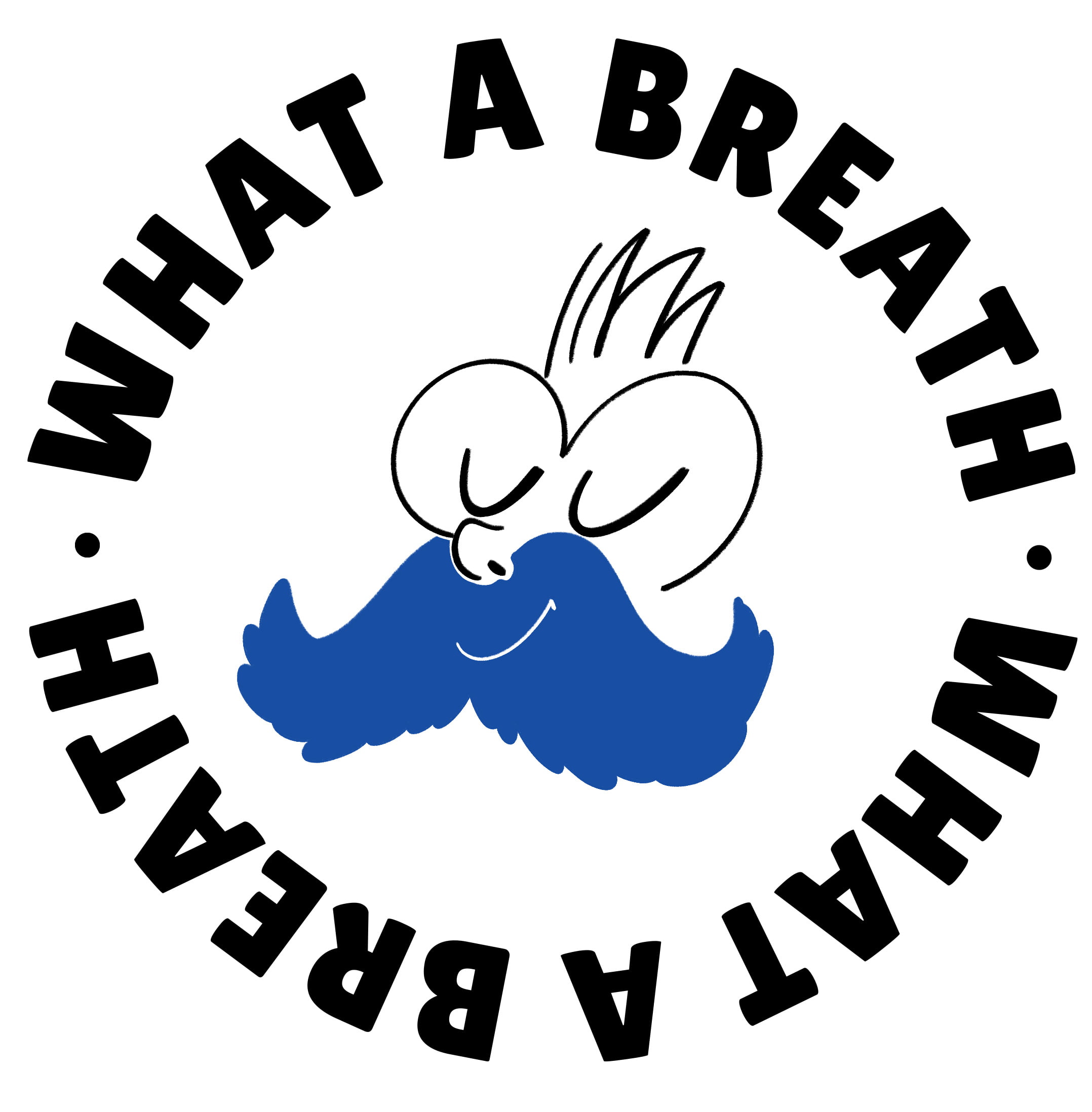Have you ever heard of mouth taping? If it sounds a bit weird — maybe even alarming — you’re not alone. But behind this seemingly odd habit lies a simple, natural technique that’s catching the attention of people looking for deeper sleep, better breathing, and improved overall health.
Mouth taping is exactly what it sounds like: placing a small piece of tape over your lips before going to bed. Yep. The idea is to prevent mouth breathing during the night, encouraging nasal breathing instead. At first it might seem unnecessary, but many who try it never go back.
Why Would You Tape Your Mouth?
Nasal breathing is the body’s most natural and efficient way to breathe. The nose isn’t just an air tunnel — it filters, warms, humidifies, and regulates airflow. When you breathe through your mouth, you skip all those vital steps.
At night, many people unconsciously start breathing through their mouths — especially if they have nasal congestion, sleep apnea, or just developed the habit over time. The result? A long list of issues, from dry mouth and snoring to restless sleep and even chronic breathing disorders.
Mouth taping is a simple way to retrain your body to breathe correctly through the nose — even while you sleep.
The Benefits of Mouth Taping (and Why Everyone’s Talking About It)
People who practice mouth taping often report noticeable benefits after just a few nights. No miracles, but real changes in how they feel when they wake up.
One of the most common improvements is a reduction in snoring. When you breathe through your mouth, soft tissues in the throat can vibrate and cause snoring. Nasal breathing creates a more stable airflow that reduces those vibrations.
Many users also report deeper, more restful sleep. Nasal breathing stimulates the vagus nerve, helping the body relax. So sleeping with your mouth closed isn’t just mechanical — it’s also connected to your nervous system.
Other benefits include better hydration of the airways, less morning breath, and even improved tongue posture — which impacts chewing, speech, and facial development (especially in children).
Is It Safe?
That’s the first question most people ask, and it’s a good one. The idea of sleeping with your mouth taped shut can be scary — especially if you have allergies, congestion, or breathing issues.
The good news: when done properly, mouth taping is safe for most people. The key is using the right kind of tape — soft, hypoallergenic, and designed for the face. Some products are even made to gently remind your mouth to stay closed without sealing it completely.
That said, always listen to your body. If you feel uncomfortable, can’t breathe easily, or wake up panicked, this technique might not be right for you — at least not yet. It’s always a good idea to check in with a doctor, osteopath, or breathing specialist.
How to Start
Start slow. You don’t need to tape your mouth shut every night from day one. Begin by wearing the tape for a few minutes during the day — while reading, for example. It helps your body get used to the sensation.
Then try it at night. At first, you might wake up with the tape off, or find you’ve pulled it off in your sleep. That’s normal. Your body needs time to adjust. Don’t force it. You can also try placing a small vertical strip in the center of your lips — leaving the sides open. The goal isn’t to restrict your breathing, but to gently retrain it.
Mouth Taping and Conscious Breathing
Mouth taping isn’t just a trend. It’s part of a broader return to functional breathing— breathing in a way that’s efficient, natural, and adaptable. Better breathing improves everything: sports performance, focus, stress management, digestion, immunity.
That’s where mouth taping shines: a small daily gesture to help fix a basic habit we often overlook. It’s not magic, but it is practical. And it brings you back to breathing as nature intended — through the nose.
Curious? Give it a try. All you need is a little attention and some gentle tape. Your breath — and your body — just might thank you. Want more breathing tips? Find them here!






